Lovage (Levisticum officinale Koch) is a perennial plant of the family of parsley and carrot - Apiaceae, which reaches 1-2 meters in height. It is known as indispensable seasoning for fish broths and soups or roasted lamb, but it has much more potential if we talk about healing. Distinctive is the strong, intense and specific flavored lovage. Characterized by initially bitter, but after a short time becomming fragrant - bitter taste.
Lovage is known by the names Selim Roussalin, and the name "nine forces" - as it was thought that you get stronger, when eating or drinking a decoction of lovage.
Lovage’s homeland is in Central Asia and Europe. The plant is known as the Scottish lovage, grows in northern Britain and the Atlantic coast of North America. It was known to the ancient Greeks and Romans. It’s mentioned by the medieval writer Hildegard of the 11th century. At that time it was used mainly for the preparation of refreshing drinks.
Famous physicians such as Hippocrates, Avicenna, Galen recommended lovage boiled or soaked in wine for brain diseases like edema - internal and external, against bedwetting and mixed with honey - to clear and strengthen the body in poisoning. The commander Suvorov even gave his soldiers infusion of lovage to increase power during the transition through the Alps.
Chemical composition and nutrients in Lovage
For centuries, even millennia, people have known the healing power of lovage, which was great and almost instantaneous. The leaves of lovage were called magic, perhaps because of the strong therapeutic effects of its essential oils. It contains essential oil, which is in the rhizome, equal to 1%.
There are also resin furanocoumarins, lecithin, sugars, organic acids, enzymes, tannins. Its roots are rich in essential oils, sugars, minerals, organic acids, resins, coumarin, pectin, starch. From the underground parts and the fruit is obtained essential oil that is used for seasoning.
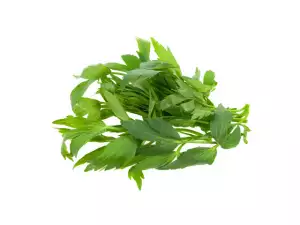
Lovage contains:
- Volatile oil (about 70% phthalides)
- coumarins (including bergapten, psoralen and umbelliferone)
- vegetable acids
- beta-sitosterol- resins
- mucilages
Storage of lovage
Store the dried leaves of lovage in tightly sealed jars at a temperature no higher than 15 degrees. There should be no direct access to light or other heat sources. Stored in this way, the leaves retain its beneficial properties for long. Lovage lasts well frozen in the freezer.
Culinary use of Lovage
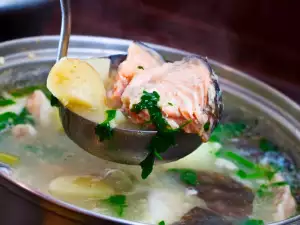
Lovage as a seasoning for fish soup and other dishes with lamb, is quite widely used in cooking. For 4 servings of a dish is sufficient an average sized rhizome. Use the leaves, fruit and rhizome of the plant.
Roots and fruits of the plant are good antiseptics and therefore often added to pickles and canned meat. Fresh Lovage is a suitable seasoning for chicken soup, beans, sauces and heavier meats. The fruits are used for pickling of vegetables, along with the bay leaf, pepper and allspice.
Combine lovage rhizome with parsley, dill, vegetable soup, pepper and paprika, majoram and garlic. Fresh roots of lovage are a great condiment for salads, soups, chicken, beans and various meats. Lovage leaves, fresh or dried, are indispensable seasoning for fish soup.
It is recommended to put a little after cooking. You can dry lovage leaves, store them in tightly closed bags in a dry place and to keep the flavor of lovage in your kitchen for a year. If you do not have time for such self-initiatives, it can always find a packet of dried lovage at the nearest grocery store.
Health Benefits of lovage
For centuries, traditional medicine trusts lovage for quite a few problematic conditions. Lovage is used mainly for the gastrointestinal tract and lungs, energizes the body stimulates the secretory system, acts favorably on the cardiovascular and nervous system and has a pronounced spasmolytic effect on the smooth muscle.
For therapeutic purposes is mainly used the rhizome, good for Elah anorexia, colic, stomach and intestines, as an expectorant, carminative, cholagogue and regulating menstruation. It supports heart function and is a good remedy for neurasthenia. Already in 1882 it was found that Lovage prevents the spread of tuberculosis mycobacteria. Furthermore, it is highly diuretic. Used against sweating and some skin diseases.
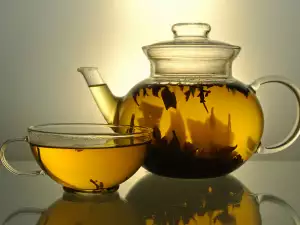
Also has the ability to soften the activity of the stomach and intestines, influences very well and quickly prevails against internal weakness and exhaustion as a result of other illnesses, coughs and asthma, bronchitis, heart disease, gallbladder cleans and removes swelling caused by internal diseases. Moreover, it soothes the nervous system. A decoction of the roots mixed with a little vinegar and nettle helps healing of deep wounds, eliminates rashes and stop hair loss. Tea or cold extract of the roots of lovage can treat and clear the whole organism.
Just as the roots of parsley, lovage serves to impose the injured site of bites of poisonous insects - both fresh roots, and a decoction of them work very well. It is used externally for skin itching, sores, athlete's foot, muscular, bone and joint diseases in severe pain and cramps, bathrooms with a decoction of the roots and the whole plant and the bandages are very fast and with good effect.
In 1/2 liter of water and red wine are cooked for 10-15 minutes, 1-2 tbsp of fresh or dried roots. Drink 1 cup 2-3 times a day. This recipe serves for prevention - protects blood vessels sclerosis.
Internal dosage: 1 teaspoon powdered rhizomes is flooded with 0.5 l of boiling water soak 3-4 hours, screen, and separate into 3 equal parts. Take in the morning, afternoon and evening before meals. Juice of lovage is used in intestinal worms.
Recipe for lovage dust
The dried roots are ground to powder in a coffee mill and put in jars for longer storage. Use for the preparation of sauces, soups, cereals, etc..
Dangers of Lovage
Although very useful, Lovage in some cases there may have bad side effects. Contraindicated to give lovage to a child. Anyone suffering from acute nephritis is not to use lovage. It is better if you plan treatment with lovage, however, to consult a physician, under whose control to do this treatment
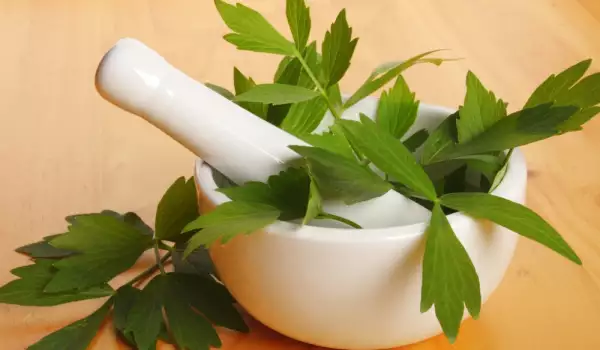
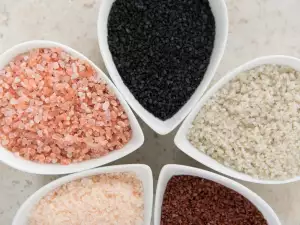
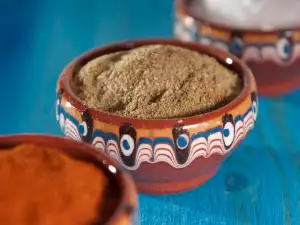
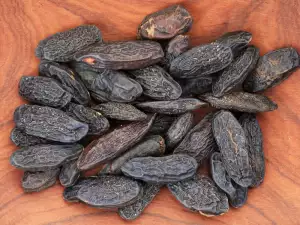
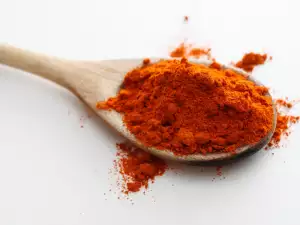
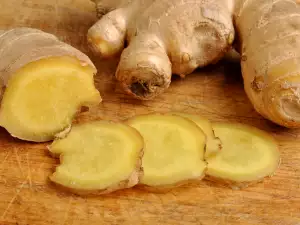

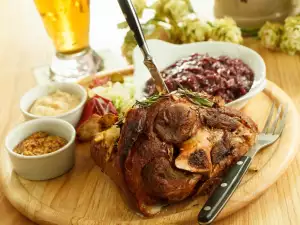
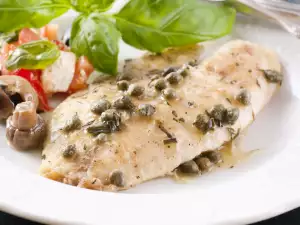
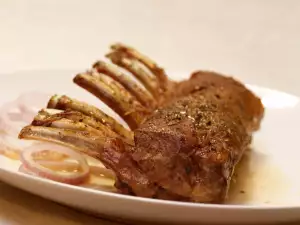
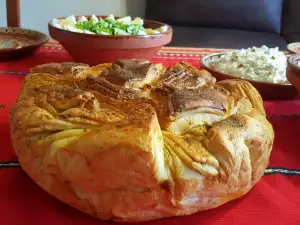
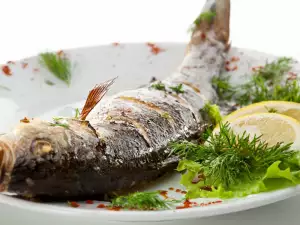








Comments